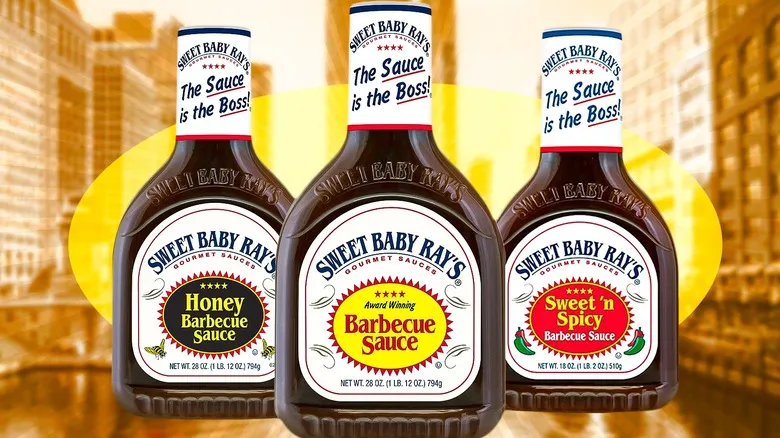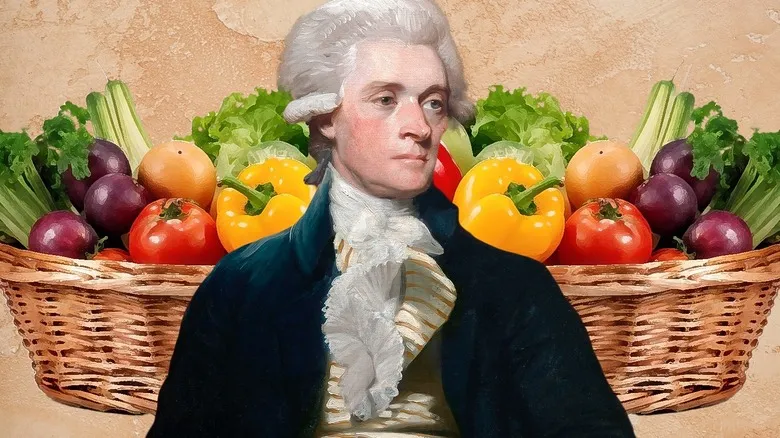How did candy canes evolve, then?

Candy canes are a variety of hard candy, created from boiled sugar and water, that have existed for centuries. However, in the United States, their popularity surged in the late 1800s, following the Civil War, when sugar became significantly cheaper and more widely available. During that era, candy was often viewed as a medicinal product, with pharmacies using strong flavors like peppermint to mask the taste of medicinal herbs. This is how peppermint became associated with candy canes. (It's important to note that this differs from the origins of another festive minty treat, peppermint bark.)
At some point, the straight sticks of hard, peppermint-flavored candy began to take on their distinctive curved shape. The exact reason for this transformation is unclear. One tale suggests that a German immigrant began bending them to hang on Christmas trees around 1847, although the details of this story can be inconsistent, sometimes referencing other confections without mentioning canes. Candy canes didn't become widely available until the mid-20th century, when a candy-maker's brother-in-law in Albany, Georgia, invented a machine that could reliably bend hard candy into the cane shape without breaking it. This is likely when the religious connection emerged, as the inventor was a Catholic priest. The red stripes appeared around the early 20th century, with some attributing this innovation to the same candy-maker, Bob McCormack, though there are indications that the stripes may have been introduced earlier. Ultimately, no single individual can be credited with transforming the candy cane into a Christmas icon; rather, it evolved over time through a combination of technological advancements and serendipity.
Recommended

The 12 Worst Mistakes In McDonald's History

13 Little Known Facts About Sweet Baby Ray's

How McDonald's McRib Became A Cult Classic

Thomas Jefferson's Favorite Vegetable Was A Simple, Classic Choice
Next up

